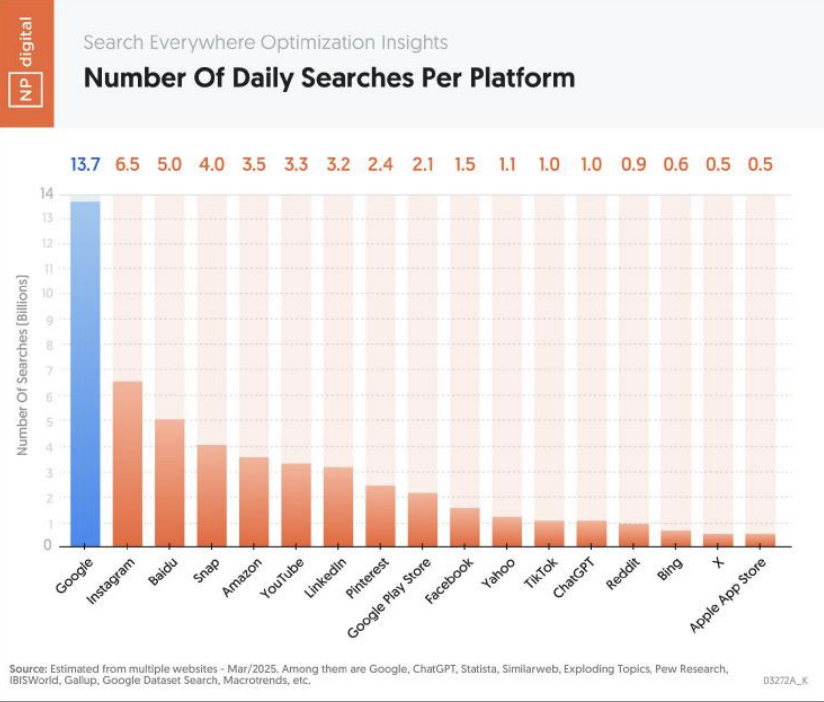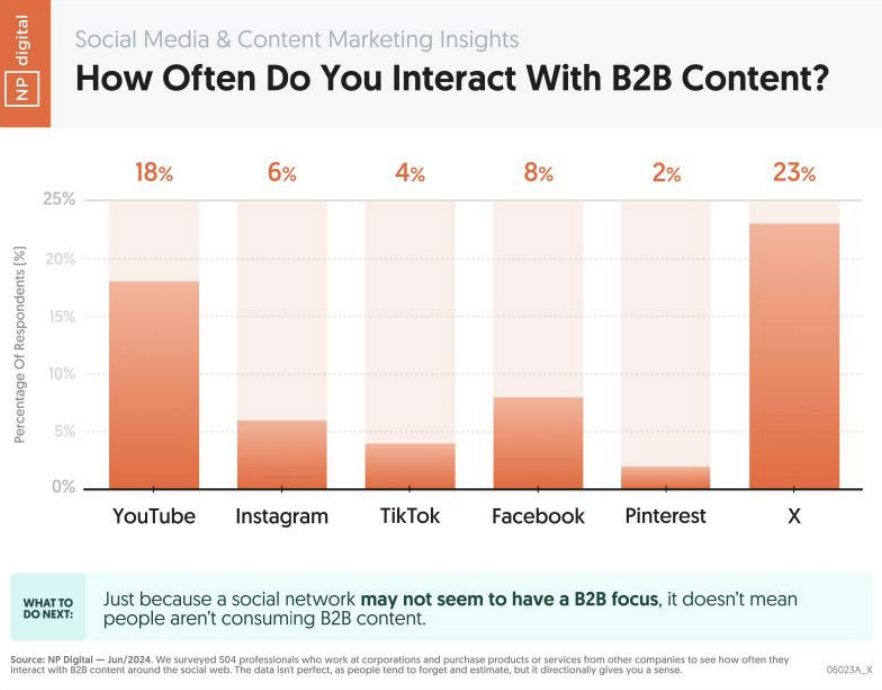Digital marketing expert Neil Patel’s message was clear during his SXSW Sydney keynote: marketers are optimising for the wrong things.
“What people say is reality, isn’t. And what people say is working and where they’re spending their time and attention, in most cases is a waste of time,” he said.
Instead of chasing clicks, followers, and polished creative, he thinks the next era of marketing will rely on credibility, visibility across platforms, and proof of value, especially as AI reshapes discovery and decision-making.
From SEO to ‘search everywhere optimisation’
For a long time, SEO meant one thing – ranking on Google. But Patel argued the industry’s fixation on this is now outdated. From tracking domains and keywords, the biggest thing that has become clear to him is that search has exploded beyond Google.
While Google commands roughly 27% market share and remains the most trusted search tool with 13.7 billion daily searches, platforms like YouTube, Instagram, and Amazon each host billions of daily searches, and are growing.
So are AI platforms like ChatGPT, and Patel said marketers need to treat every single one as search engines in their own rights.

“No one’s talking about searching on Instagram, yet it gets 6.5 billion searches a day,” Patel said. “Amazon gets 3.5 billion a day, and you know those searches are much more valuable because people are actually buying something. The point I’m getting at, is you can no longer do SEO just for Google. We think SEO has changed from search engine optimisation to search everywhere optimisation.”
The three truths of marketing
Zooming in on APAC, Patel outlined three “operating truths” shaping marketing success: proof beats polish, language and culture shift performance, and platform strengths vary by category.
The first, is that audiences are tired of “overproduced” creative. According to NP Digital data, authenticity and relatability far outperform highly-polished videos – think someone candidly vlogging themselves, unscripted content, things along those lines.
Audiences, he said, are tired of overproduced creative. Authenticity and relatability far outperform slick campaigns, according to NP Digital data, with low-fi, self-show content often driving higher engagement than professionally produced videos.
“You don’t have to be perfect, you just gotta show people the proof,” he said.
He stressed the importance of language and cultural nuances, and how marketers must adapt according to the audience to improve performance – even down to the local spellings, colloquial tone, or culturally specific references.
The final truth is that there is no one-size-fits-all channel mix. LinkedIn, YouTube, and X, for example, are the obvious platforms for B2B lead generation, while Pinterest and Snapchat deliver stronger B2C conversions.
“Not all platforms are equal, depending on the product or service that you sell, if you’re B2B versus B2C,” Patel explained. “It’s about matching intent to platform.”

The rise of GEO
The latest AI impact on media and marketing has been the rise of GEO, or generative engine optimisation. As AI tools become discovery gateways, and people are increasingly using them to get answers, brands must optimise, he stressed, to be cited by these systems.
Where traditional SEO focuses on backlinks and keyword density, GEO prioritises structure, authority, and sentiment. He said brands should split their content roadmaps with one track to be ranked (SEO) and one to be quoted (GEO).
“Text still drives the internet,” he said. “If you’re not creating it, you’re missing out on visibility. Videos build awareness, but articles and data give AI something to actually cite.”
Taking it further, each AI platform requires its own playbook. According to Patel, Perplexity rewards depth and expertise, while Google AI Overview favours blogs, and ChatGPT prioritises authority and structured clarity.
APAC’s advantage
Patel said marketers in APAC are uniquely equipped for the new marketing era, because it already knows how to adapt. That is, to different languages, cultural nuances, and evolving platforms, every single day.
“That flexibility is what will win in the AI age.”

